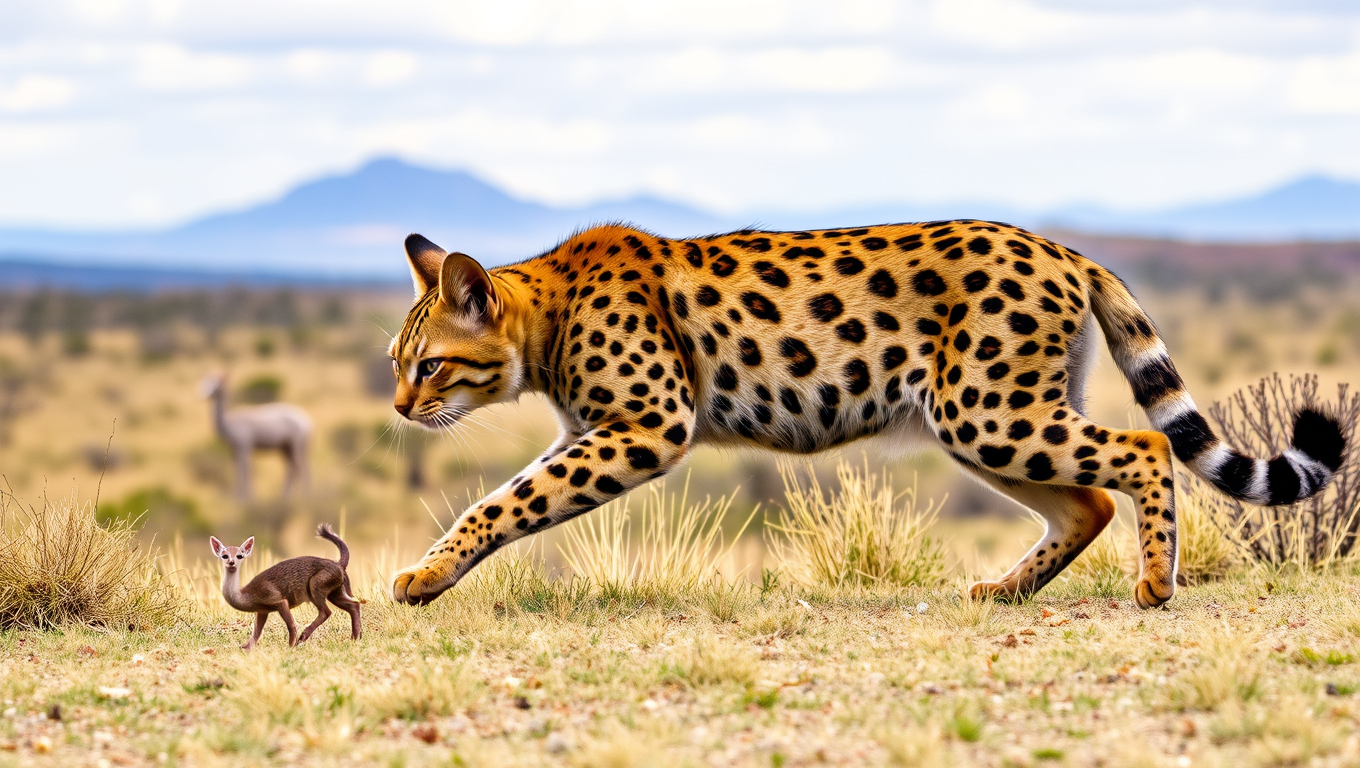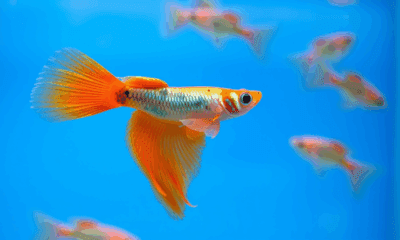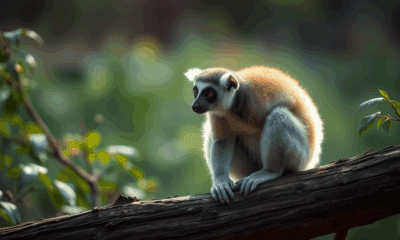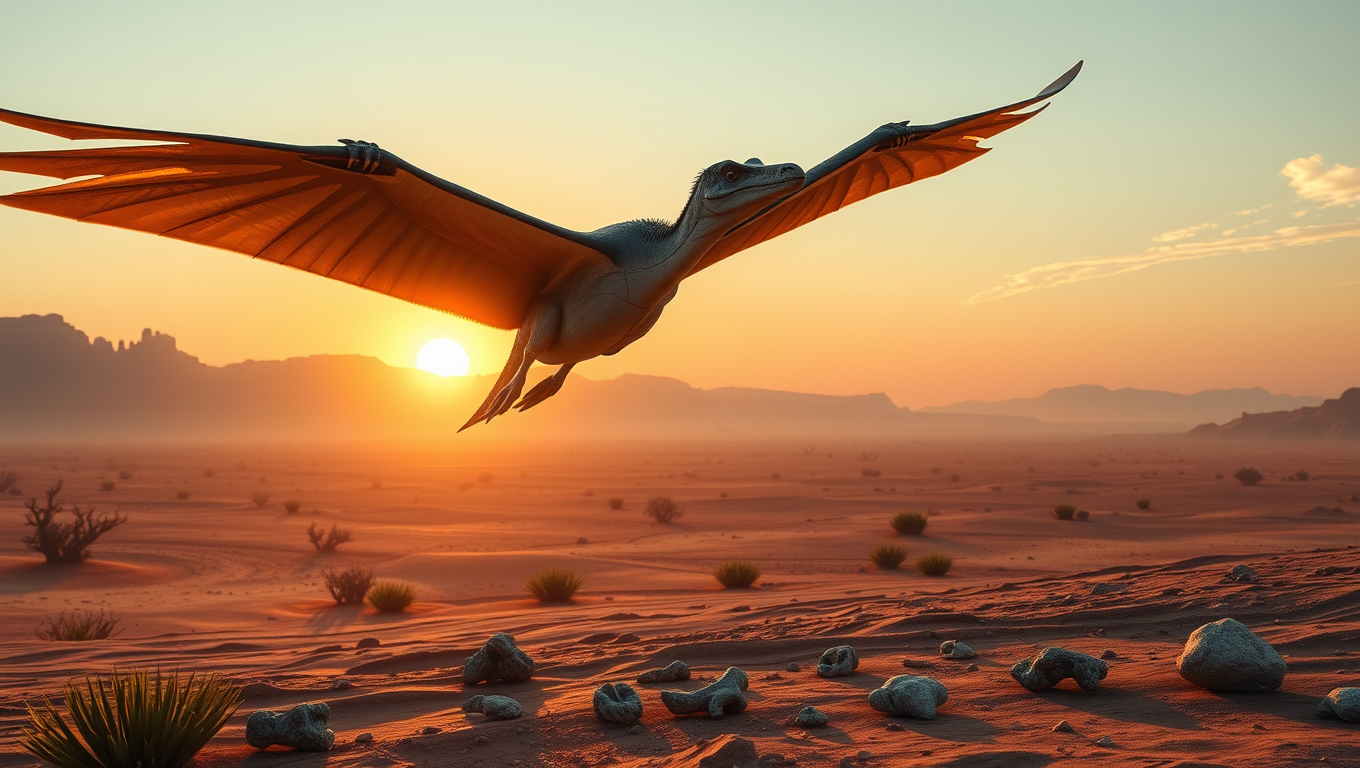While we try to keep things accurate, this content is part of an ongoing experiment and may not always be reliable.
Please double-check important details — we’re not responsible for how the information is used.
Animals
Feral Cats Exposed as Primary Predators in Native Animal Deaths
Feral cats have long been suspects in killing native species reintroduced into Australian conservation areas. DNA testing of the carcasses puts felines firmly in the frame.

Animals
The Orange Attraction: Unlocking the Secrets of Guppy Coloration
Male guppies that glow with more orange aren’t just fashion-forward — they’re also significantly more sexually active. A UBC study reveals that brighter coloration is linked to virility and is genetically tied to brain development, suggesting a deeper evolutionary function. Researchers found that these bold hues aren’t just for attracting mates, but are rooted in a vast, multi-chromosomal genetic system that enables tens of thousands of possible color pattern combinations. The work sheds light on how vibrant displays, behavior, and genetic fitness are intertwined in evolution.
Animals
The Lemur Secret to Aging without Inflammation: A Breakthrough for Human Health?
What if humans didn’t have to suffer the slow-burning fire of chronic inflammation as we age? A surprising study on two types of lemurs found no evidence of “inflammaging,” a phenomenon long assumed to be universal among primates. These findings suggest that age-related inflammation isn’t inevitable and that environmental factors could play a far bigger role than we thought. By peering into the biology of our primate cousins, researchers are opening up new possibilities for preventing aging-related diseases in humans.
Ancient Civilizations
Unveiling North America’s Oldest Pterosaur: A Triassic Time Capsule Reveals a Diverse Ecosystem
In the remote reaches of Arizona s Petrified Forest National Park, scientists have unearthed North America’s oldest known pterosaur a small, gull-sized flier that once soared above Triassic ecosystems. This exciting find, alongside ancient turtles and armored amphibians, sheds light on a key moment in Earth’s history when older animal groups overlapped with evolutionary newcomers. The remarkably preserved fossils, including over 1,200 specimens, offer a rare glimpse into a vibrant world just before a mass extinction reshaped life on Earth.
-

 Detectors3 months ago
Detectors3 months agoA New Horizon for Vision: How Gold Nanoparticles May Restore People’s Sight
-

 Earth & Climate4 months ago
Earth & Climate4 months agoRetiring Abroad Can Be Lonely Business
-

 Cancer4 months ago
Cancer4 months agoRevolutionizing Quantum Communication: Direct Connections Between Multiple Processors
-

 Agriculture and Food4 months ago
Agriculture and Food4 months ago“A Sustainable Solution: Researchers Create Hybrid Cheese with 25% Pea Protein”
-

 Diseases and Conditions4 months ago
Diseases and Conditions4 months agoReducing Falls Among Elderly Women with Polypharmacy through Exercise Intervention
-

 Chemistry4 months ago
Chemistry4 months ago“Unveiling Hidden Patterns: A New Twist on Interference Phenomena”
-

 Albert Einstein4 months ago
Albert Einstein4 months agoHarnessing Water Waves: A Breakthrough in Controlling Floating Objects
-

 Earth & Climate4 months ago
Earth & Climate4 months agoHousehold Electricity Three Times More Expensive Than Upcoming ‘Eco-Friendly’ Aviation E-Fuels, Study Reveals





























